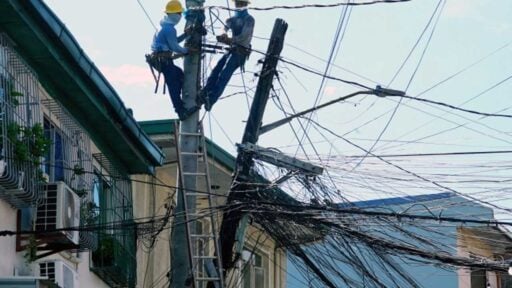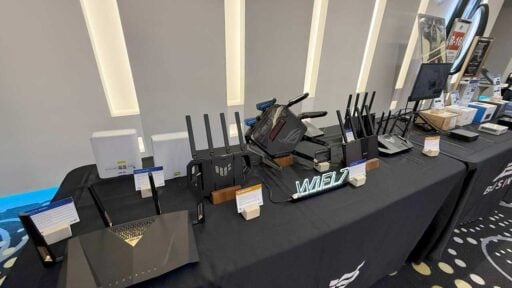When it comes to connecting to the internet in remote areas, satellite internet is often seen as a viable option. But how does it measure up when compared to other options? We’ll be discussing the benefits and drawbacks of using satellite internet for homes in remote areas. We’ll take a look at the kinds of speeds you can expect from a satellite connection, what kind of equipment is needed for installation, how much it costs overall, and more. You should have an informed opinion on whether or not satellite internet is right for your circumstances. So let’s dive right in.
Table of Contents:
Speed
Satellite internet is usually the fastest option available for remote homes, as it can deliver speeds of up to 25 Mbps (compared to 4 Mbps with DSL and 10-15 Mbps with fixed wireless). That said, satellite connections tend to be slower than cable and fiber options, especially during peak usage times when traffic on the network is high. If you want to get more information research online and compare the connection speeds offered by different providers in your area. This is important to determine which type of connection will best suit your needs.
Equipment and Setup Process
Setting up a satellite internet connection is not as simple as plugging in an ethernet cable, since you’ll need to install a dish on your roof or balcony. You may also need an extra antenna and several cables depending on the type of system you’re using. This can be tricky if you don’t have experience with installation projects like this, so it’s important to do your research and make sure that you are prepared for the setup process. And of course, you may need to hire a professional if you are unable or unwilling to do the installation yourself.
Cost
Satellite internet tends to be more expensive than other options due to higher equipment costs, especially when compared to DSL or cable internet. Installation fees can be steep as well, so it’s important to look into the details of your provider’s plans and pricing before making a final decision. Also, you may need to sign up for a long-term contract to get the best rates from satellite internet providers. And don’t forget to factor in the costs of any additional equipment that you may need. For example, some companies will require a two-year commitment to get their lowest prices.
Reliability and Latency
One of the biggest downsides to satellite internet is its reliability. Weather can affect signal quality, leading to slow speeds, disruption of service, and even complete loss of connection. Latency is also an issue with satellite connections, as data takes time to travel back and forth from the satellites in space. This can be especially problematic for activities such as online gaming or streaming video. And if you live in an area with lots of trees or tall buildings, your connection could become even slower due to signal interference.

Satellite internet is a viable option for homes in remote areas, but it’s important to thoroughly research your provider and understand the potential drawbacks before making a decision. You should consider factors such as speed, equipment costs, setup process, and reliability before investing in a satellite connection. With this information in hand, you can make an informed decision about whether or not satellite internet is right for you.




